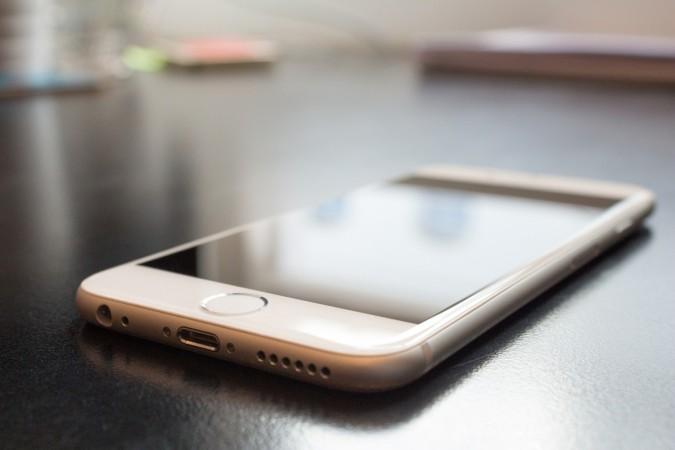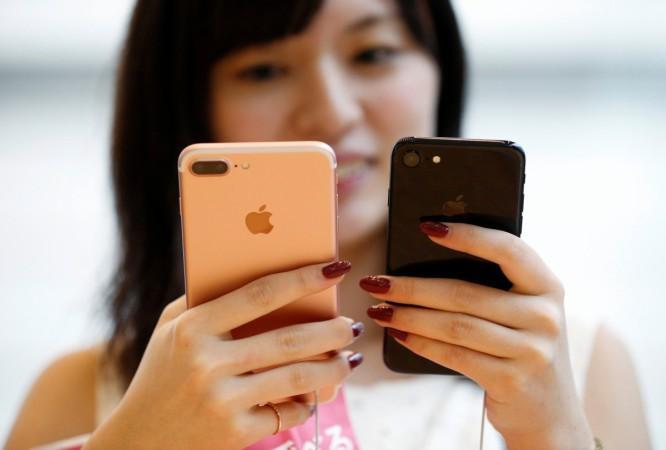The confusion surrounding the release of Apple's iPhone 8 has reached such a level that even leading industry analysts are offering contradictory forecasts.
Just a day after Morgan Stanley said in a report that the launch of the 10th anniversary iPhone could be delayed to the first half of 2018, JP Morgan said on Wednesday that the upcoming phone would arrive on time, but would be initially available in limited quantities.
According to JP Morgan analyst Rod Hall, Apple will produce closer to two million iPhone 8 units for sale before the end of September due to production constraints. However, the company will be able to speed up production by late October or early November, Hall said, raising his forecast for the iPhone 8 pricing by 10 percent to $1,100 per device.

"Importantly, we do not believe that Apple's production schedule is still changing materially with most current delay reports simply dated reverberations of decisions Apple made back in the spring," Hall reportedly said in a note to investors. "We expect a small amount of late September EMS [electronics manufacturing service] output for the Pro model and then ramping production through October with target output levels achieved in late October/early November."
If the iPhone 8 is indeed releasing on time, it will be interesting to analyse Apple's 2017 iPhone strategy as the company is also expected to launch the iPhone 7S and iPhone 7S Plus around the same time. With potential simultaneous launches of three new iPhones, what could be Apple's plan to enter the 2017 smartphone war?
Rumours are rife that the iPhone 8 will be a trendsetter for Apple's smartphone line-up with a series of new feature including an OLED screen, new physical design, slightly curved glass and a likely modification in biometric recognition. The new iPhone 7S models, on the other hand, will be conservative upgrades over the currently available iPhone 7 and iPhone 7 Plus handsets.

What is evident is the fact that the iPhone 8 is meant for new technology, which is both expensive and harder to obtain in sufficient quantity. For a new technology or component to be incorporated into the iPhone 8, Apple will need to have a significant stockpile of that component before launch as it is expected to sell tens of millions of units, despite having a limited portfolio of devices, unlike other manufacturers.
Apple probably believes that a $1,000+ price tag on the iPhone 8, limited availability at launch and the release of the iPhone 7S and iPhone 7S Plus will help it settle with much lower quantities of the iPhone 8 without upsetting revenue. What remains to be seen whether customers will be satisfied with just a new iPhone once their desire to behold the iPhone 8 will be met by the iPhone 7S models.
At a time when Samsung's Galaxy Note 8 will be on retail shelves, iPhone 7S and 7S Plus will be Apple's weapons to take on rivals in the so-called smartphone battle. The duo, therefore, needs to have some traction, but not enough to disrupt iPhone 8, which will be Apple's next flag-bearer.

















